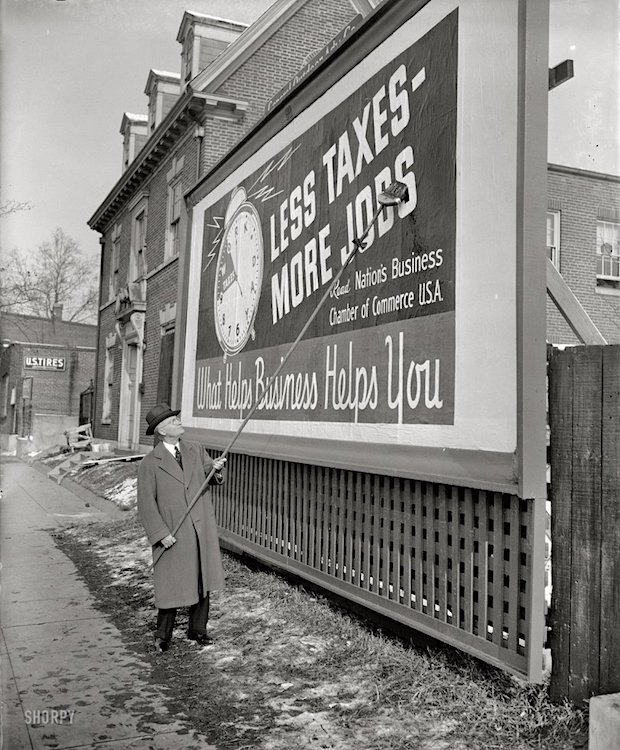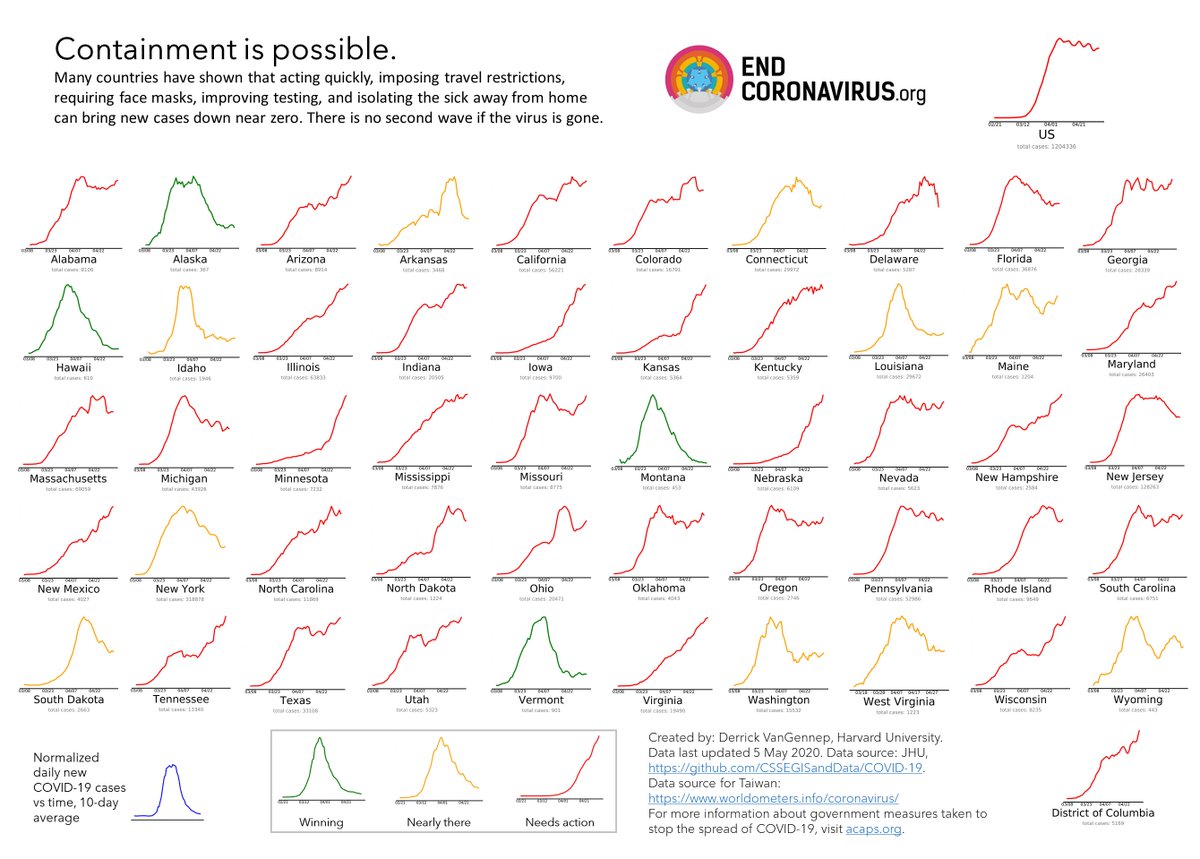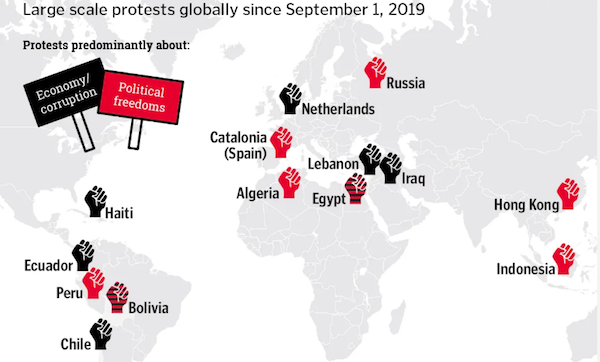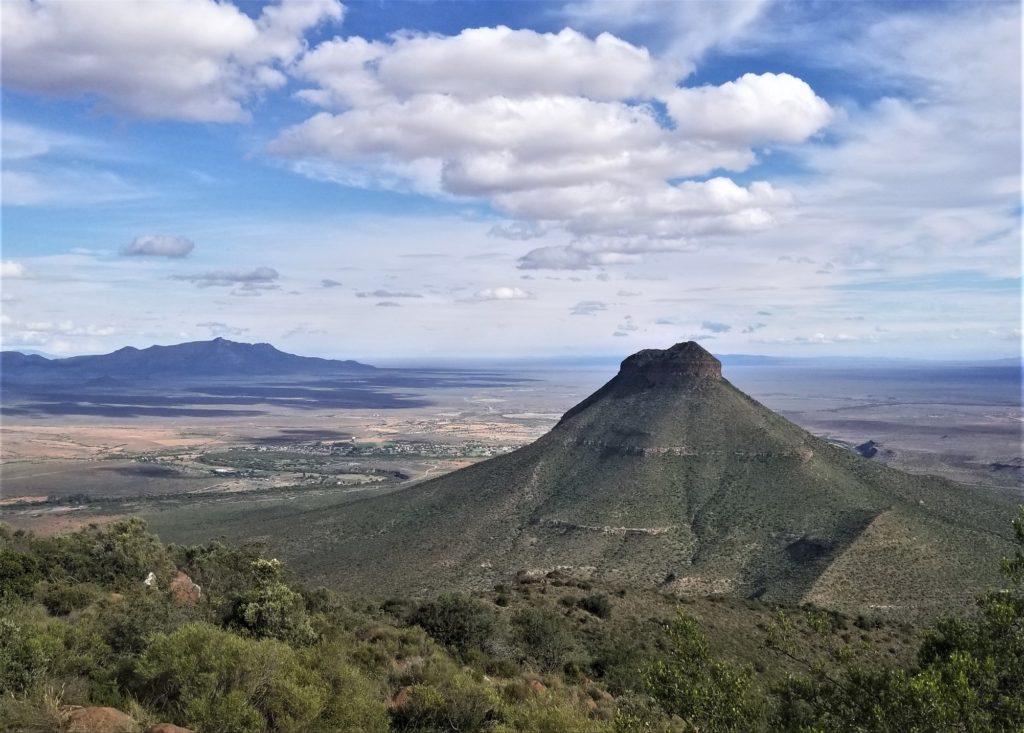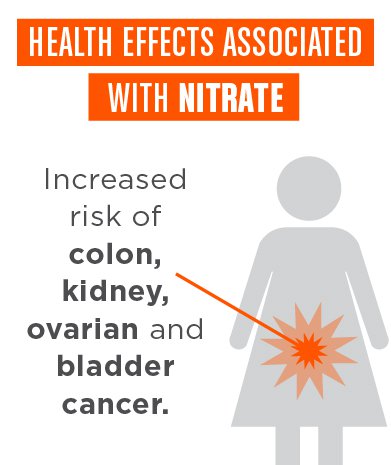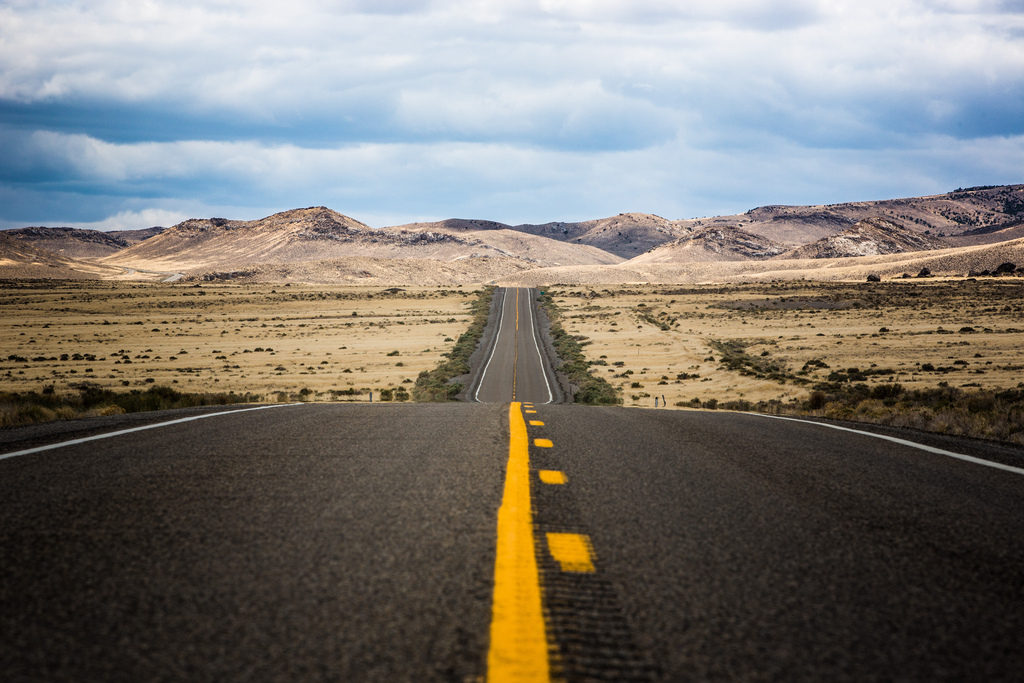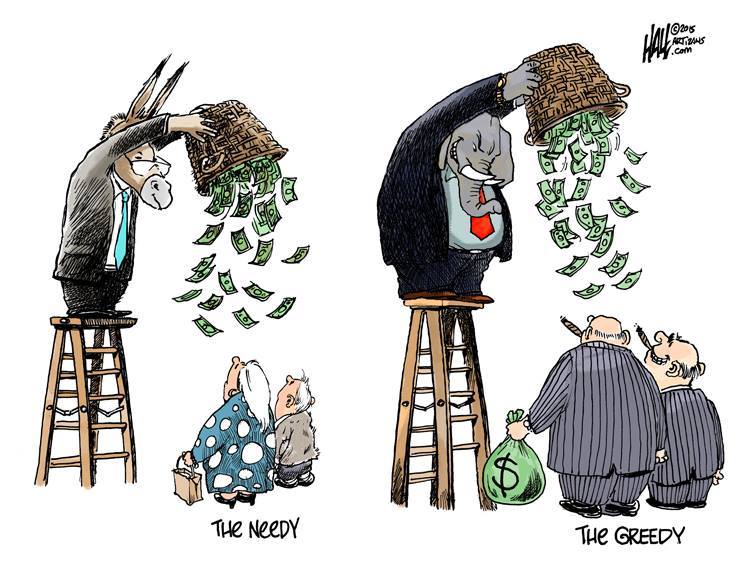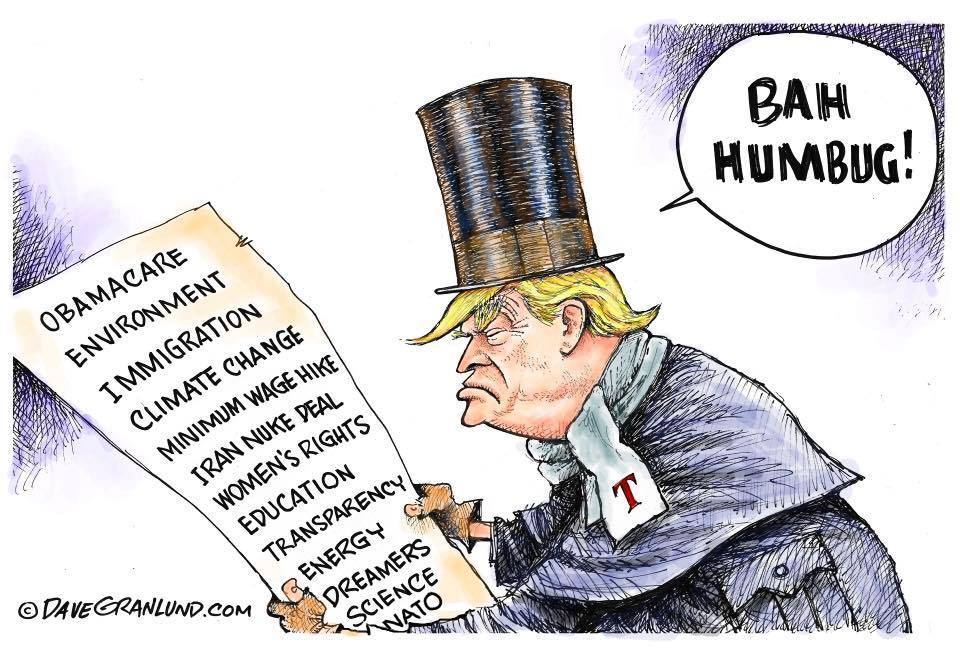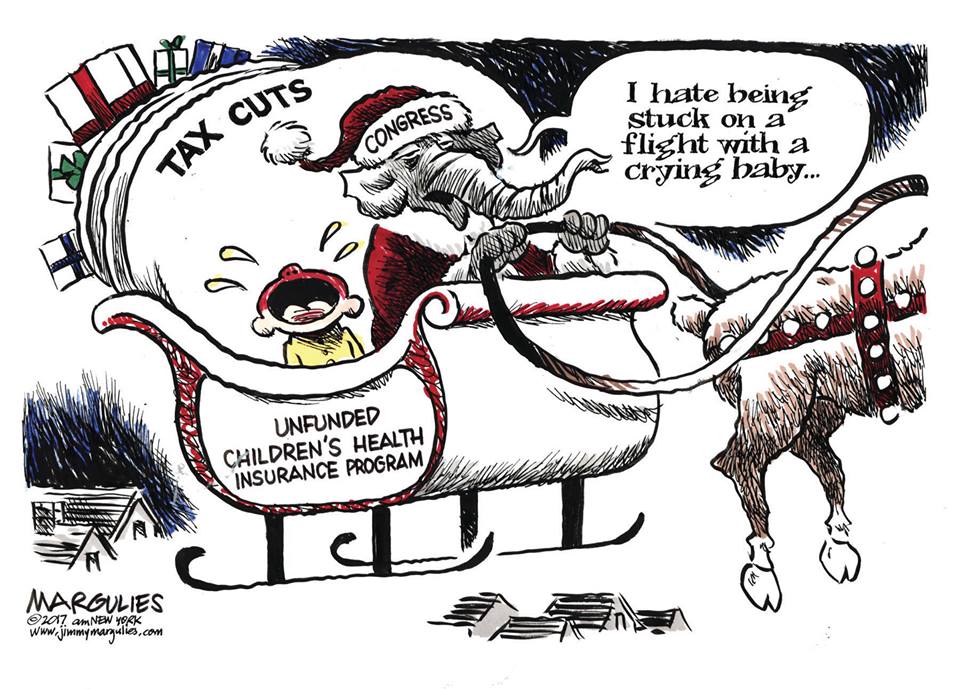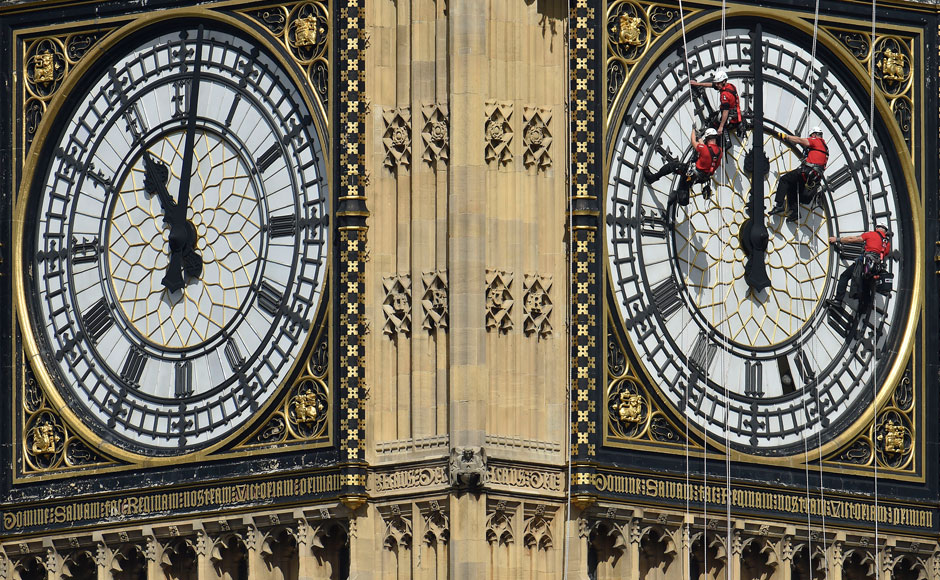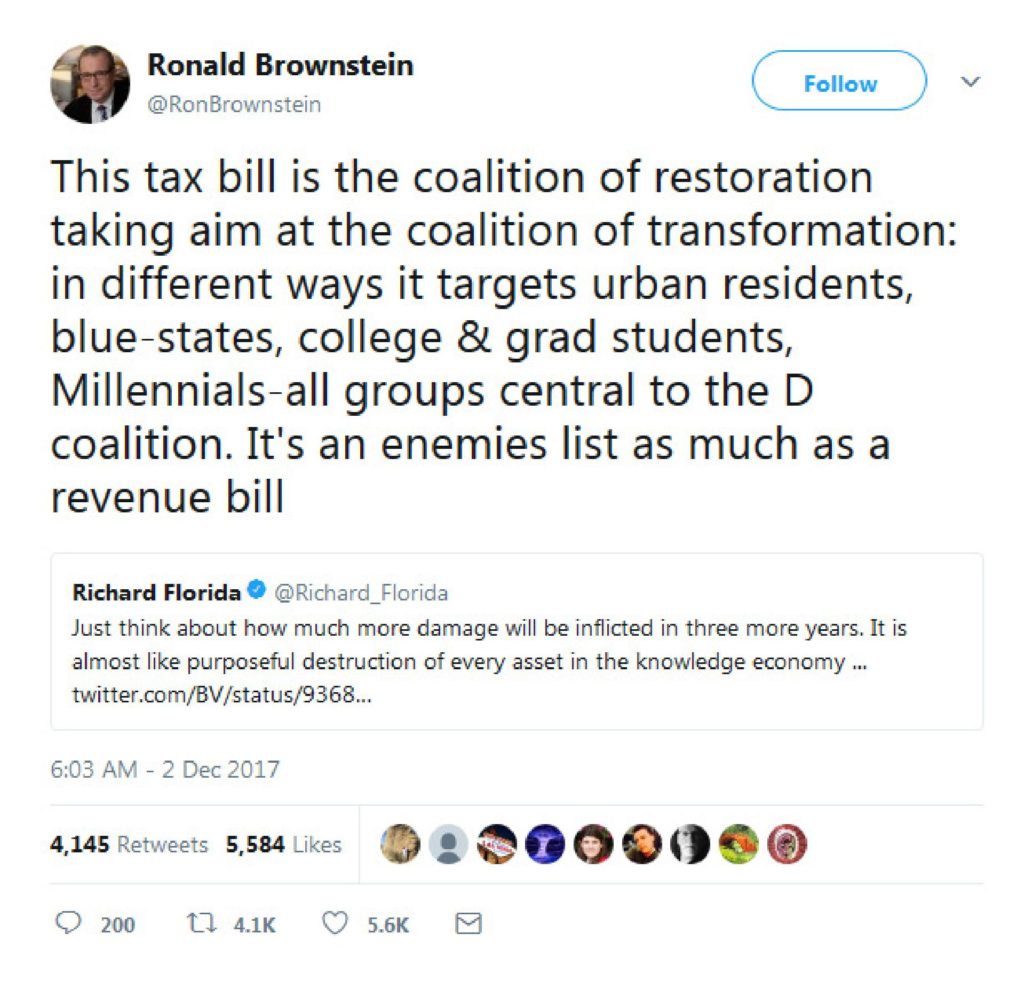The Daily Escape:

Santa Rita prickly pear in bloom, AZ – May 2023 photo by Wilson Goodrich
Today Wrongo returns to his “Links you can use” format from several years ago.
First up, Bloomberg reports that Trump’s takeover of the GOP helped him to rewrite the rules on how primary delegates to the GOP presidential convention will be awarded. Since leaving office, Trump has gotten 10 more states to award delegates through winner-take-all primaries, even if the winner receives fewer than a majority of the votes. The number of winner-take-all states has grown from seven to 17.
Needless to say, if it’s crowded field and he gets the most votes, even if it’s only 30%, he’ll win.
Second, Republican governors have discovered that they’re getting significant political mileage out of championing people who have engaged in vigilante violence that dovetails with the GOP’s culture wars. Brian Klaas writes about the Right’s open embrace of political violence. In Texas, Governor Abbott has said that he was “looking forward” to pardoning Daniel Perry, who murdered a Black Lives Matter protester. Perry was sentenced to 25 years in prison. He had previously texted a friend that he “might have to kill” some people on his way to work.
Over the weekend, Florida Governor DeSantis tweeted his support for Daniel Penny (Perry and Penny?) after Penny killed the homeless Black man Jordan Neely, on NYC’s subway. DeSantis didn’t hold back:

Lots of dog whistles right there from the governor. NBC 4New York reported that the legal defense fund had raised more than $2 million after DeSantis tweeted the link to Penny’s donation page. This shows MAGAs have found another way to wealth and fame as Daniel Penny now joins Kyle Rittenhouse as a violent millionaire funded by the Republican Right.
Brian Klaas wrote about a study that shows “Who Supports Political Violence?”, conducted by Miles T. Armaly, Assistant Professor of Political Science at the University of Mississippi and Adam M. Enders, an Assistant Professor of Political Science at the University of Louisville. Their findings show some key traits that predict support for political violence:
Perceived victimhood is highly correlated with support for political violence. This is different from actual victimhood. While previous research found that people who are actually being oppressed are more likely to turn to violence, this study shows that it doesn’t really matter whether someone is actually being oppressed; instead, the feeling of being oppressed is sufficient.
This was the strongest predictor of support for violence.
The next strongest correlate was a sense of “white identity.” And the two interact, as those who buy into the Right-wing narrative that white people are under attack in America (due to their loss of social dominance), are also likely to be the same individuals who feel perceived victimhood.
Also, past military service is correlated with a predisposition for vigilante violence. People who previously served in the American armed forces were more likely to express support for political violence than those who have not. None of this is good news for the US.
Third, the Debt Ceiling negotiations are resuming today in the White House after House, Senate and White House negotiators met for three hours Saturday, and then reconvened on Monday. Benjamin Studebaker worries that Biden may be about to repeat Obama’s errors in negotiations with Republicans in 2011:
“Back in 2011…Obama faced the same problem…Biden now faces. Congressional Republicans refused to raise the debt ceiling unless Obama agreed to budget cuts….Obama….Instead…cut a deal. He signed the Budget Control Act of 2011. It committed the federal government to…enormous cuts. Over the course of 2012, it became clear that these cuts would cause serious damage to the economy. So…Obama negotiated another deal that would save most of the cuts for 2013. Over the course of 2013, the same arguments were made again, but this time Obama was unable to secure another delay, and the cuts took effect.”
Sounds like what we’re going through right now. In 2013, we escaped the economic disaster, but at the price of the Fed adding several rounds of Quantitative Easing leading to our current economic situation. If Biden agrees to cut spending, the economy will again be damaged.
And the Federal Reserve will be pressured to limit the damage via lower rates or flooding the market with more dollars.
Republicans will, of course, oppose tax increases. That means the Biden administration won’t be able to raise taxes to help offset the growing deficit or pay for future expenses. Therefore it has to rely on the Federal Reserve’s monetary policies. The weaker economy created by rate hikes is an economy where the current tax rates will generate less tax revenue. That creates more political pressure to cut spending.
All of these stories look like rinse, lather, repeat. And not to the nation’s benefit.


